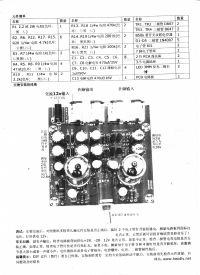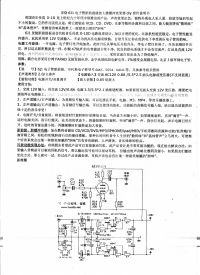Hello. I don't know much about tube technology, and recently I bought a Chinese 6j1 preamp for funny money. I replaced the lamps with 6ż1p-ew, but except according to better sound quality for me - the brum remained. Here is a diagram, a description that I got for this amplifier and its photo:


I am asking for some advice on what to replace to make silence ... I will add that I grounded the zero and it was the same ... And I noticed that when I disconnect it from the power supply, the amplifier sounds for a while and does not hum. I power it through an ordinary transformer from 230 V to 12 V.


I am asking for some advice on what to replace to make silence ... I will add that I grounded the zero and it was the same ... And I noticed that when I disconnect it from the power supply, the amplifier sounds for a while and does not hum. I power it through an ordinary transformer from 230 V to 12 V.


